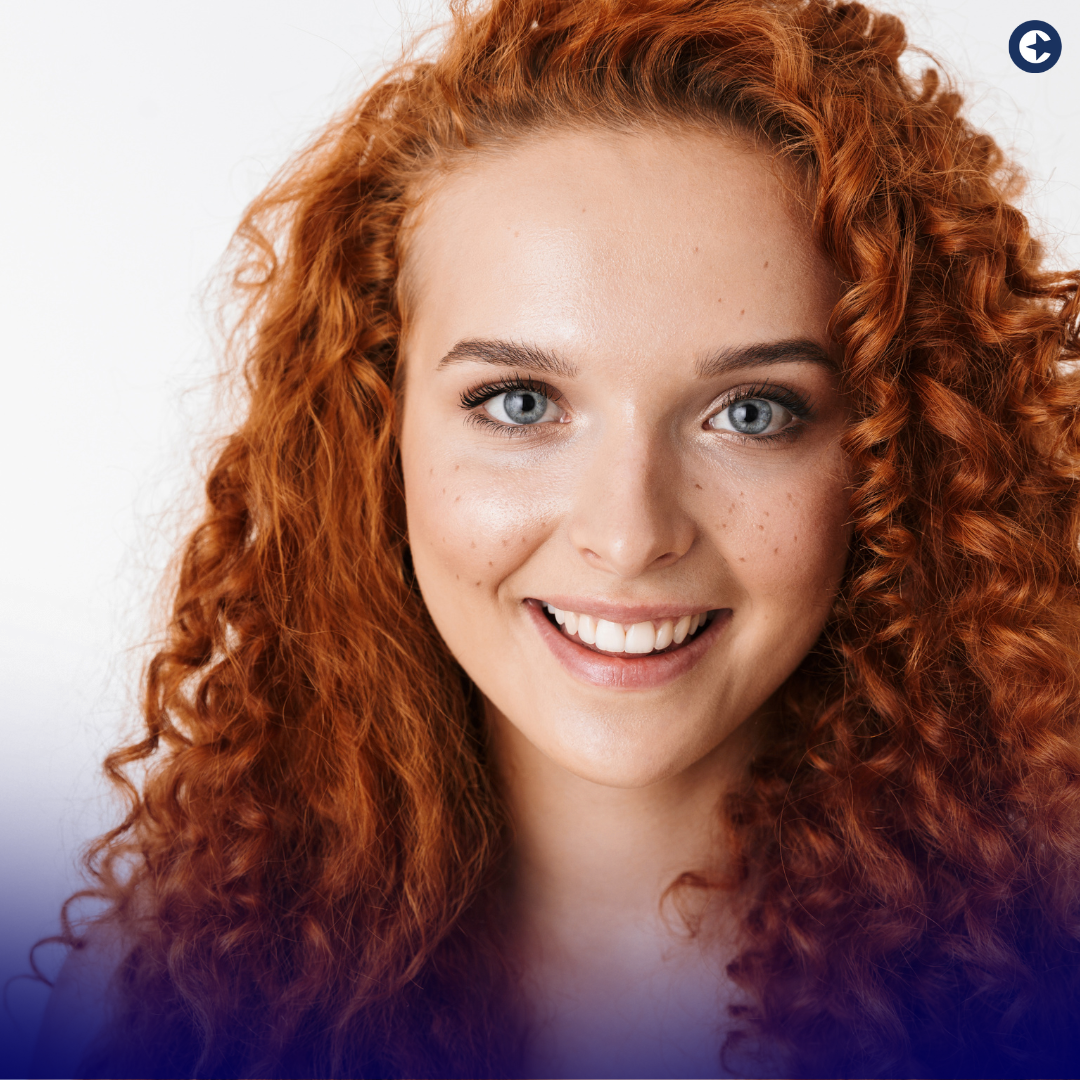Red hair is more than just a striking physical trait – it’s a genetic marvel that comes with its own set of unique mutations. While redheads make up only a small percentage of the population, their genetic makeup sets them apart in fascinating ways. In this blog, we’ll explore the genetic mutations that give rise to red hair and delve into how these mutations could impact the health and well-being of redheads.
The Genetics of Red Hair:
- MC1R Gene Mutation: The distinctive red hue of hair is primarily determined by variations in the MC1R gene, which encodes for a protein involved in melanin production. Redheads typically carry two copies of a mutated version of the MC1R gene, resulting in reduced production of eumelanin (responsible for brown and black hair) and increased production of pheomelanin (responsible for red and yellow tones).
- Fair Skin and Freckles: Along with red hair, many redheads also have fair skin and freckles. This is due to the same MC1R gene mutation that affects melanin production in hair, also impacting melanin production in the skin. Redheads tend to have less melanin in their skin, making them more susceptible to sunburn and skin cancer.
Health Implications of Red Hair Mutations:
- Increased Sensitivity to Sunlight: Redheads’ fair skin and reduced melanin production make them more susceptible to sunburn and skin damage from UV radiation. This heightened sensitivity to sunlight puts them at a higher risk of developing skin cancer, including melanoma, the most deadly form of skin cancer.
- Pain Sensitivity: Recent studies have suggested that redheads may have a different pain threshold and sensitivity to certain types of pain. Some research indicates that redheads may require higher doses of anesthesia and pain medication during surgical procedures, although more research is needed to fully understand this phenomenon.
- Vitamin D Deficiency: Redheads’ fair skin and reduced melanin production can also impact their ability to produce vitamin D from sunlight. Vitamin D deficiency is more common among individuals with fair skin who may require longer sun exposure to produce adequate levels of vitamin D or may need to supplement their diet with vitamin D-rich foods or supplements.
- Potential Benefits: Despite the increased risk of certain health conditions, some studies have suggested potential benefits associated with red hair mutations. For example, redheads may have a reduced risk of developing age-related macular degeneration, a leading cause of vision loss in older adults.
Conclusion:
Redheads possess a unique genetic makeup that sets them apart from the rest of the population. While their striking red hair may be the most visible manifestation of these genetic mutations, the impact goes far beyond appearance. From increased sensitivity to sunlight and potential pain sensitivity to altered vitamin D production, redheads’ genetic mutations can influence various aspects of their health and well-being. Understanding these genetic differences is essential for tailoring healthcare interventions and promoting the health and longevity of individuals with red hair.
In conclusion, redheads’ unique genetic mutations offer a fascinating glimpse into the intricate complexities of human genetics and their impact on health. By recognizing and understanding these genetic differences, healthcare professionals can better address the specific needs and health concerns of redheads, ultimately promoting better health outcomes for this distinctive population.
For more follow us on Instagram, Facebook, Twitter, & LinkedIn.


